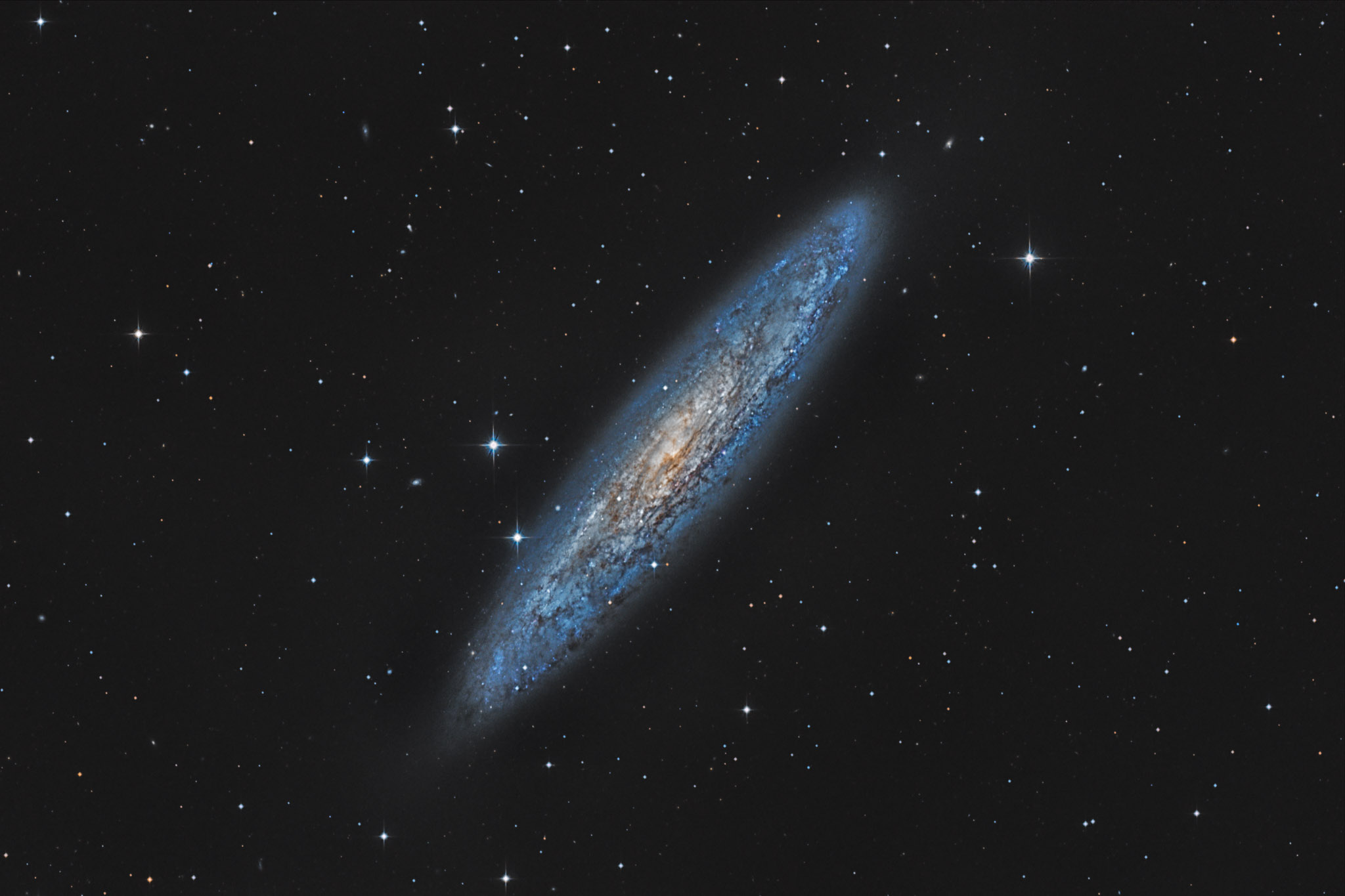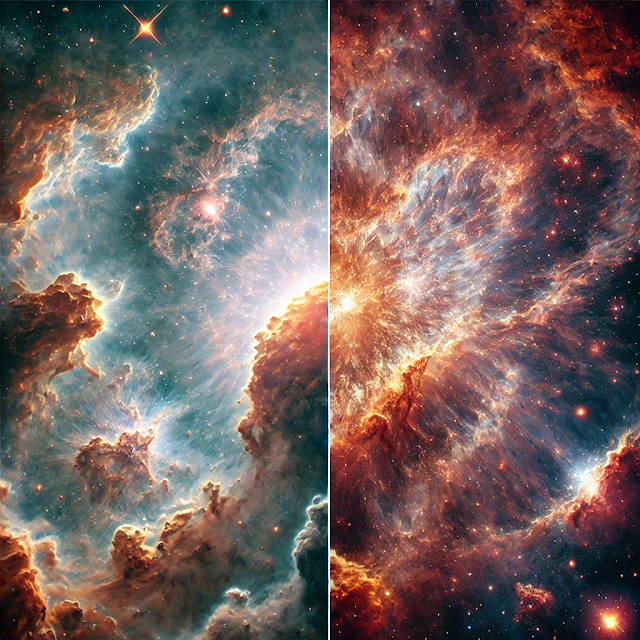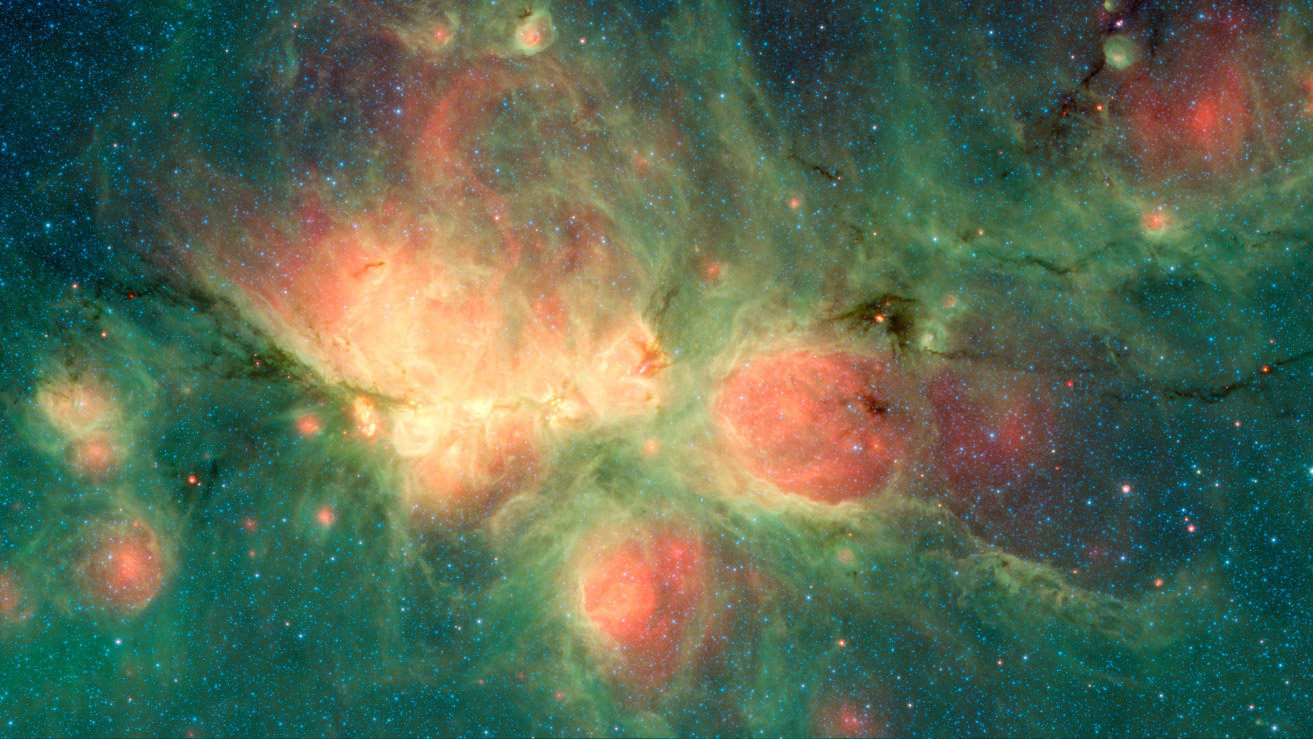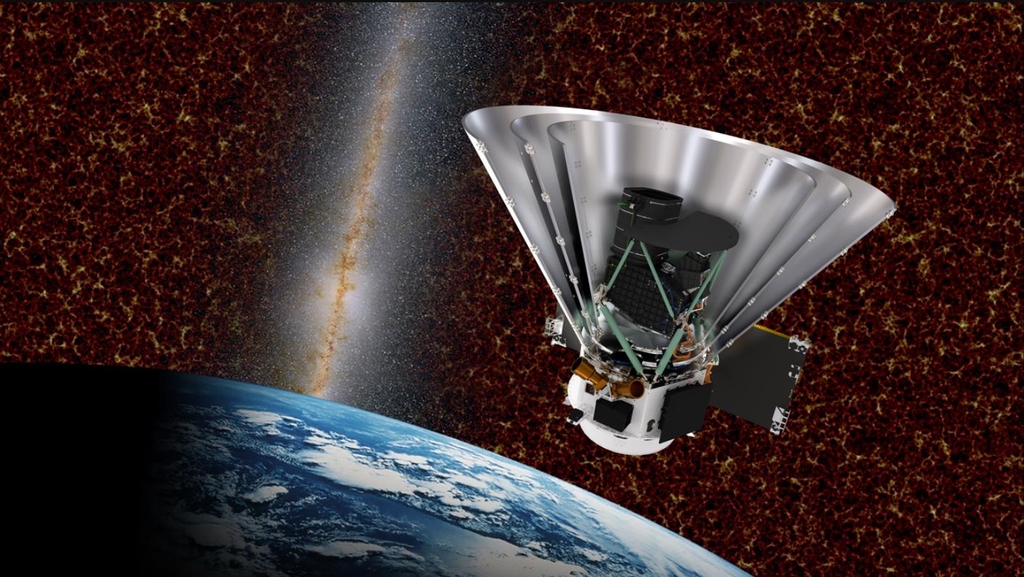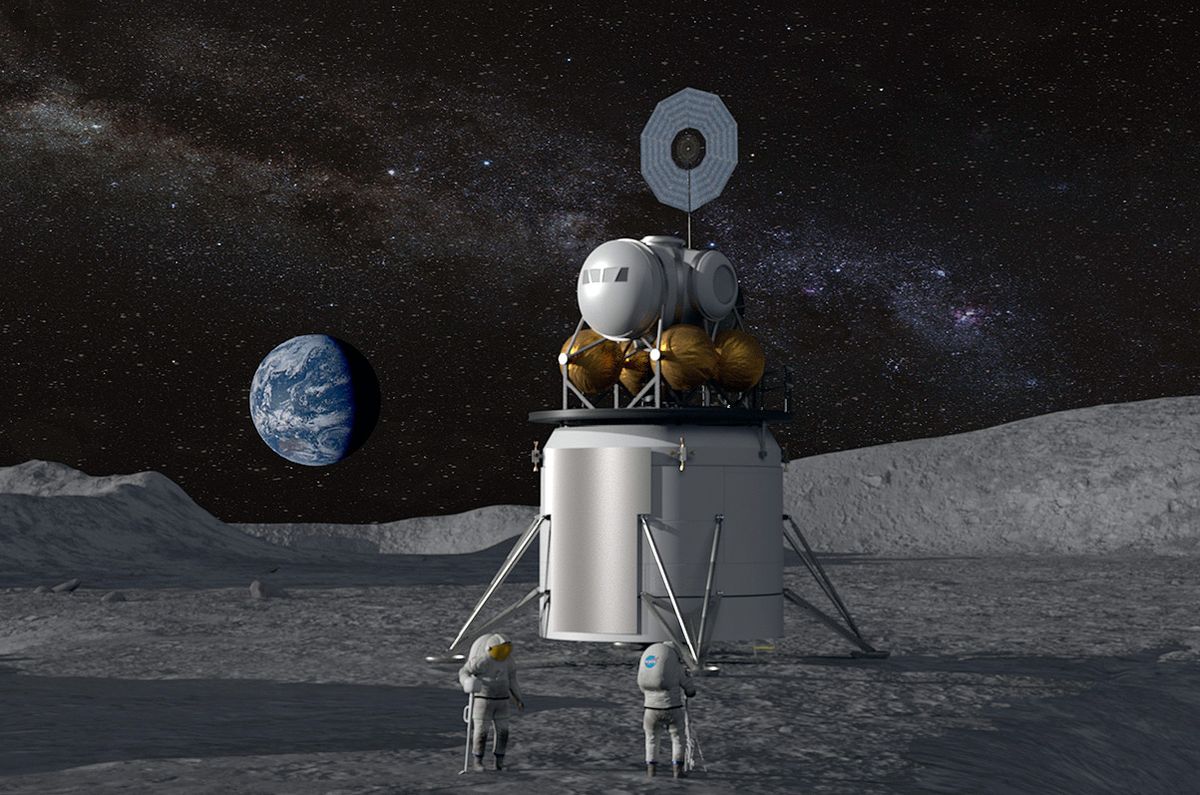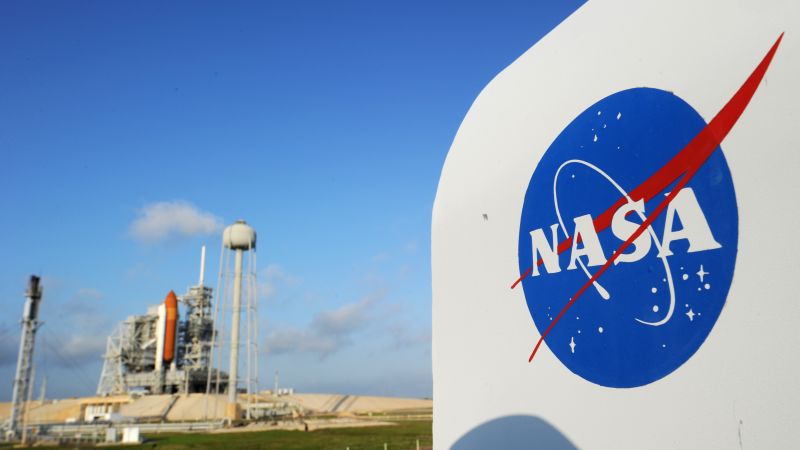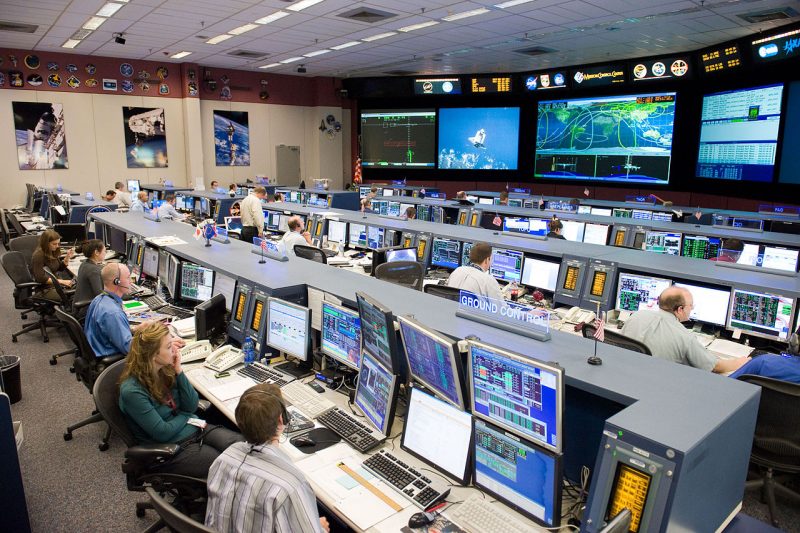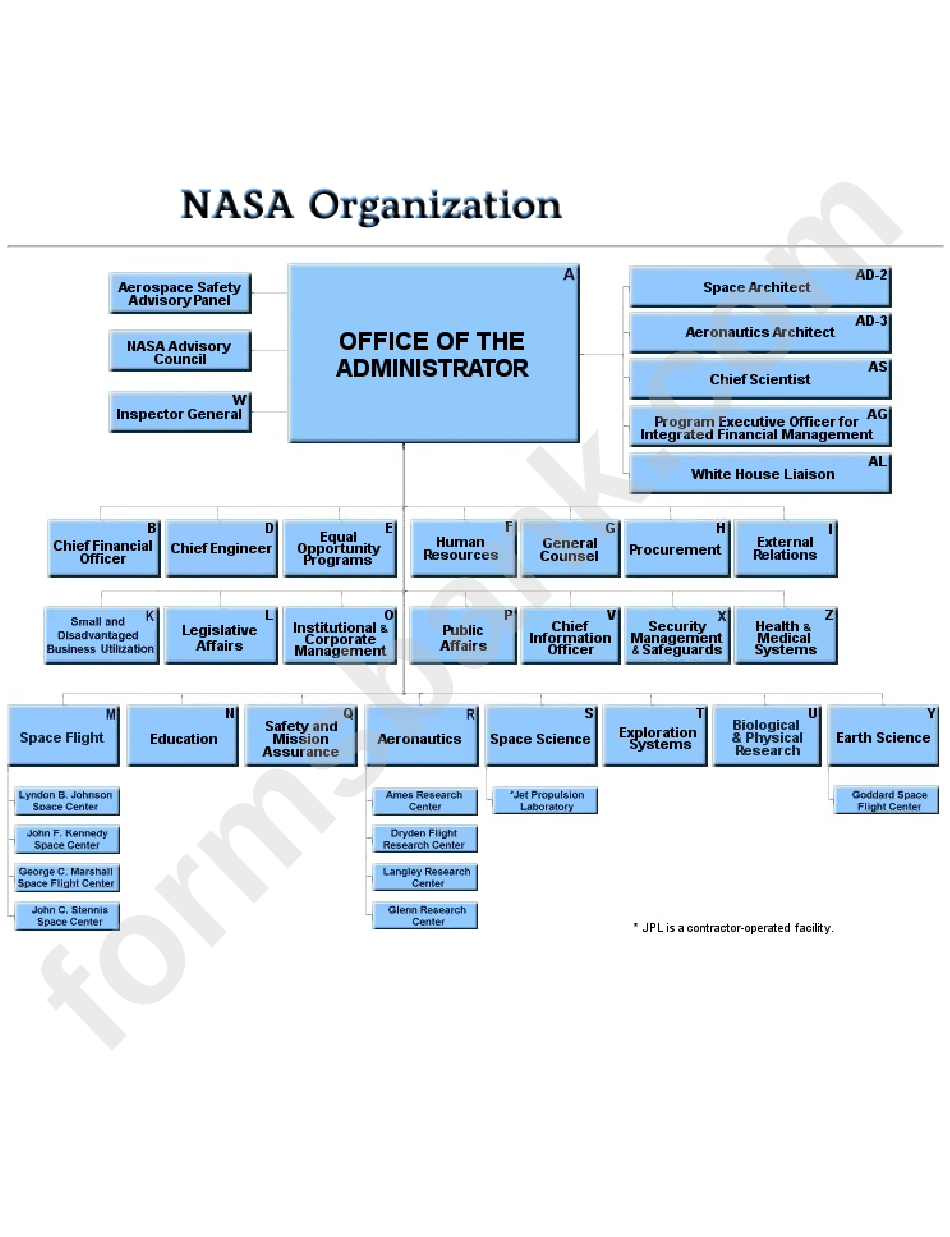Hubble’s Cosmic Jam: Strumming the Stars in the Symphony of Space
Introduction: The Universe as a Grand Musical Stage
Imagine the universe as a vast, celestial concert hall where galaxies hum, stars pulse with rhythm, and cosmic strings vibrate like the chords of an unseen guitar. The Hubble Space Telescope, our cosmic maestro, has been capturing these celestial harmonies, revealing a universe that seems to play its own symphony.
Recently, astronomers using Hubble have stumbled upon a mesmerizing galactic structure resembling a giant guitar. This discovery, a blend of science and cosmic poetry, invites us to listen to the silent music of the universe. But how does space "sing," and what secrets does this cosmic guitar hold? Let’s dive into the melody of the cosmos.
Hubble’s Musical Eye: Capturing the Cosmic Guitar
The Hubble Space Telescope, orbiting Earth since 1990, has been a silent witness to the universe's most breathtaking sights. With its powerful lenses, Hubble has revealed galaxies in collision, star clusters twinkling like notes on a staff, and nebulae swirling like the colors of an artist’s palette.
But among these, a newly observed cosmic formation has intrigued astronomers—a structure resembling a giant guitar-shaped galaxy. This celestial "instrument" appears to have elongated star clusters as its frets, gaseous trails forming the neck, and bright supernovae acting as tuning pegs. Could it be a cosmic coincidence, or is the universe metaphorically jamming to a tune we cannot hear?
The Science Behind Cosmic Music
While space is a vacuum and technically silent, the universe does have ways of producing "music":
1. Vibrating Cosmic Strings
Some theoretical physicists suggest that cosmic strings—hypothetical one-dimensional objects in space—could oscillate like the strings of a guitar, producing gravitational waves that ripple through the universe.
2. Pulsar Beats & Rhythms
Neutron stars called pulsars emit electromagnetic pulses at highly regular intervals. These pulsating signals are so precise that they resemble the ticking of a cosmic metronome. Some even follow rhythmic patterns that resemble beats in music.
3. The Whispers of Galaxies
Galaxies aren’t silent entities. They produce electromagnetic waves that, when translated into sound waves, reveal hauntingly beautiful “songs.” Scientists at NASA have transformed signals from black holes, exoplanets, and star clusters into eerie space melodies.
With this knowledge, Hubble’s discovery of a guitar-shaped galaxy is more than just an amusing resemblance—it could be a clue that the cosmos is structured in ways that mimic musical harmony.
A Symphony of Light: Hubble’s Greatest Musical Captures
Hubble has been capturing musical patterns in space long before this guitar-shaped galaxy. Some of its most famous images also carry poetic musical undertones:
🎶 The Pillars of Creation – These towering structures in the Eagle Nebula resemble an orchestra of gas and dust, playing the cosmic anthem of star formation.
🎶 The Sombrero Galaxy – Its circular shape and glowing core resemble a celestial record, spinning in the great orchestra of the universe.
🎶 The Cat’s Eye Nebula – A mesmerizing, swirling pattern of gases, much like the swirling notes of a violin piece in slow motion.
Each of these cosmic wonders is a silent note in the grand melody of existence, captured and shared with us by the watchful eye of Hubble.
Is the Universe Composing Its Own Music?
The discovery of a guitar-shaped galaxy brings up a fascinating philosophical question: Is music fundamental to the cosmos?
While music is a human construct, the laws of physics that govern musical harmony—vibration, resonance, and rhythm—are also found in the universe. The orbits of planets, the oscillation of atoms, and even the patterns in cosmic microwave background radiation all follow harmonic principles.
One of the most compelling theories connecting music and the universe is the Harmony of the Spheres, an idea from ancient Greece. It suggests that celestial bodies produce a kind of "music" through their motions, though it is beyond human perception.
Could it be that the cosmos itself is a massive orchestra, playing a symphony beyond our comprehension?
Final Chord: Hubble’s Legacy as a Cosmic Composer
Hubble’s legacy extends beyond scientific discovery; it is a storyteller, a composer, and a bridge between the known and the mysterious. The telescope’s latest find—a guitar-shaped galaxy—reminds us that the universe isn’t just a collection of random celestial objects. Instead, it appears structured, patterned, and perhaps, even melodic.
As we continue our journey through the cosmos, guided by telescopes like Hubble and the upcoming James Webb Space Telescope, we may uncover even more celestial symphonies. Who knows? Maybe one day, science will prove that the universe is indeed strumming a tune—one we might one day learn to play along with.
Until then, let’s keep looking up, listening with our eyes, and imagining the melodies written in the stars.


.jpeg)



